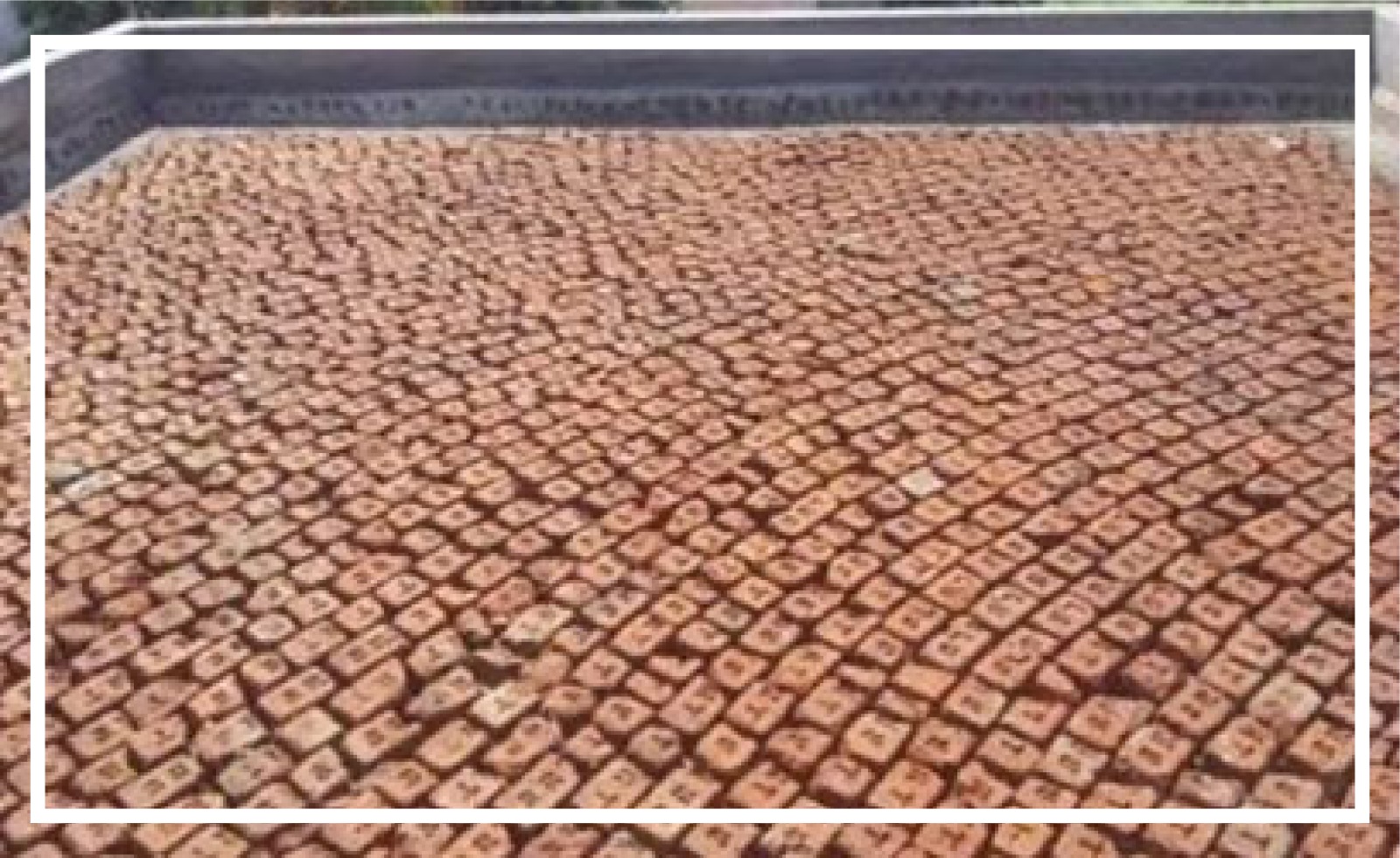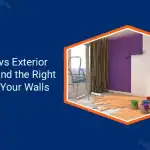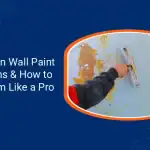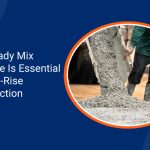 June 22, 2022
June 22, 2022
Water seepage into walls and other structures leads to dampness, mould, cracks, and even structural damage. Waterproofing systems are one of the key elements in modern construction to prevent such issues. They safeguard the foundation of the building structure from water leaks and moisture.
But, what is a waterproofing system and how does it work? If you are wondering the same thing, you have come to the right place. In this blog, we will explain what are waterproofing systems, their types, and the components of a waterproofing system.
Waterproofing is the process of applying a protective coating or screed to a building structure to make it repel or resist water, depending on the formulation. This relies on the application of one or more layers of waterproofing coating or screeds that act as a barrier between the water and the building structure, preventing the passage of water. The entire system that makes the structure waterproof is called a waterproofing system.
The liquid hybrid waterproofing system is an advanced solution that combines liquid-applied and sheet membranes. They are known for offering high flexibility, excellent adhesion, and durability. This system ensures superior crack bridging, resists water infiltration effectively, and maintains long-lasting protection in areas with consistent exposure to water. As a result, they are widely used for waterproofing dead walls and swimming pools.
Polymer-modified waterproofing process involves blending cement-based compounds with polymers for enhanced flexibility, adhesion, and water resistance. It is ideal for small, confined areas with consistent water use, making It a reliable choice for waterproofing toilets and bathrooms. These waterproofing systems creates a strong, durable barrier that withstands constant water exposure, preventing leaks and dampness.
Two-part polymer modified waterproofing systems combines a liquid polymer with a powder component to create a flexible yet resilient waterproof layer. It is a ideal choice for for areas with high hydrostatic pressure like terraces and water tanks. Of course, it is often used with waterproof screeds to resists water seepage even under intense pressure.
The liquid membrane system involves applying a liquid material that forms a seamless, highly elastic, and waterproof coating upon curing. They are a versatile solution for waterproofing irregular surfaces like landscapes, terrace gardens, and podiums. Liquid membrane systems also offer excellent water resistance, UV stability, and crack-bridging capability, making them ideal for outdoor applications.
As the name suggests bituminous membrane systems are made with bitumen-based membranes. These membranes create a tough and flexible waterproof barrier suitable for long spans of slabs with minimal obstructions like roofs and large open areas. They resist water infiltration, UV exposure, and temperature variations making them ideal for industrial and commercial structures.
Modern membrane systems, such as PVC and TPO membranes, offer advanced waterproofing solutions for a wide range of applications. PVC membranes are highly flexible, chemical-resistant, and durable, while TPO membranes provide superior UV and heat resistance. Both systems are lightweight, eco-friendly, and easy to install. Their longevity makes them ideal for waterproofing for roofs, basements, and large surfaces.
1. Property Value
Waterproofing enhances the durability and beautification of property value by arresting the development of moisture and moulds on the walls. Mould poses a detrimental effect on your health. Moisture is responsible for the decaying of wood and metals gradually rust.
2. Reduce maintenance cost
Waterproofing structures help reduce regular maintenance costs and upkeep. Once your house or any other structure is waterproofed, problems like moulds and cracks significantly decrease.
3. Health and Safety
Leakage in the walls or roof can damage the structure, increasing the risk of a mishap. Mould infestation is also a serious health hazard. Waterproofing helps to curb the problem.
Pre-monsoon roof repair is essential for buildings or structures that already have leakage or damage, as well as for new structures to prevent future leakage during the rainy season. This process helps maintain the life and quality of the building, ensuring protection against damage caused by heavy rains. It is recommended that you do it once a year.
Waterproofing systems are the backbone of the modern construction industry. Without them the building structures are at risk of dampness, mould, cracks, and structural damage. A waterproofing system act as a barrier between the structure and external environment, preventing seepage. Liquid hybrid waterproofing system, polymer-modified waterproofing system, two-part polymer modified waterproofing system, and liquid membrane system are some of the common types of waterproofing systems.
If you are looking for a waterproofing system, get in touch with us today. We will help you find the best solution for your requirements.

Dr Rachna Pandey is an honourable vice president of MCON Rasayan and holds a Ph.D. degree in chemistry. She has played a leading role in transforming the quality of our products with her magnificent 18+ years of experience in R&D and QA/QC. She is the one behind MCON’s international-grade construction products, all because of her proven expertise in innovation, strategy execution, and technical knowledge.




